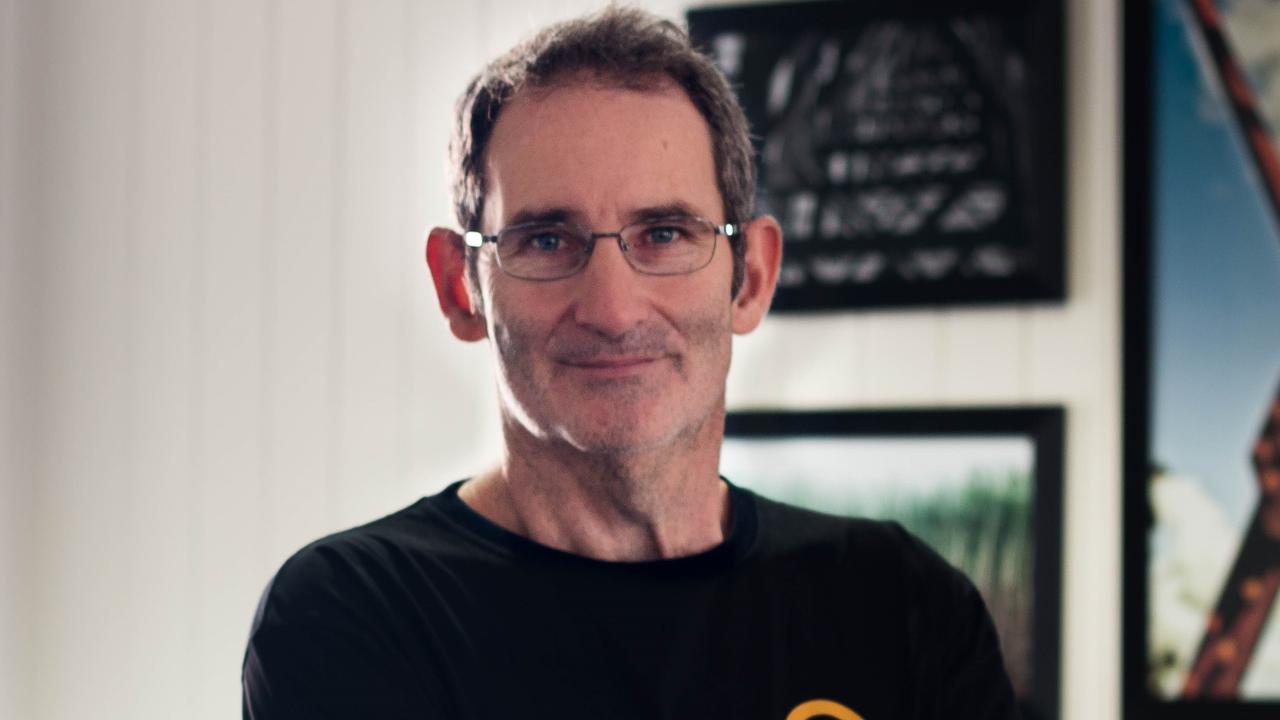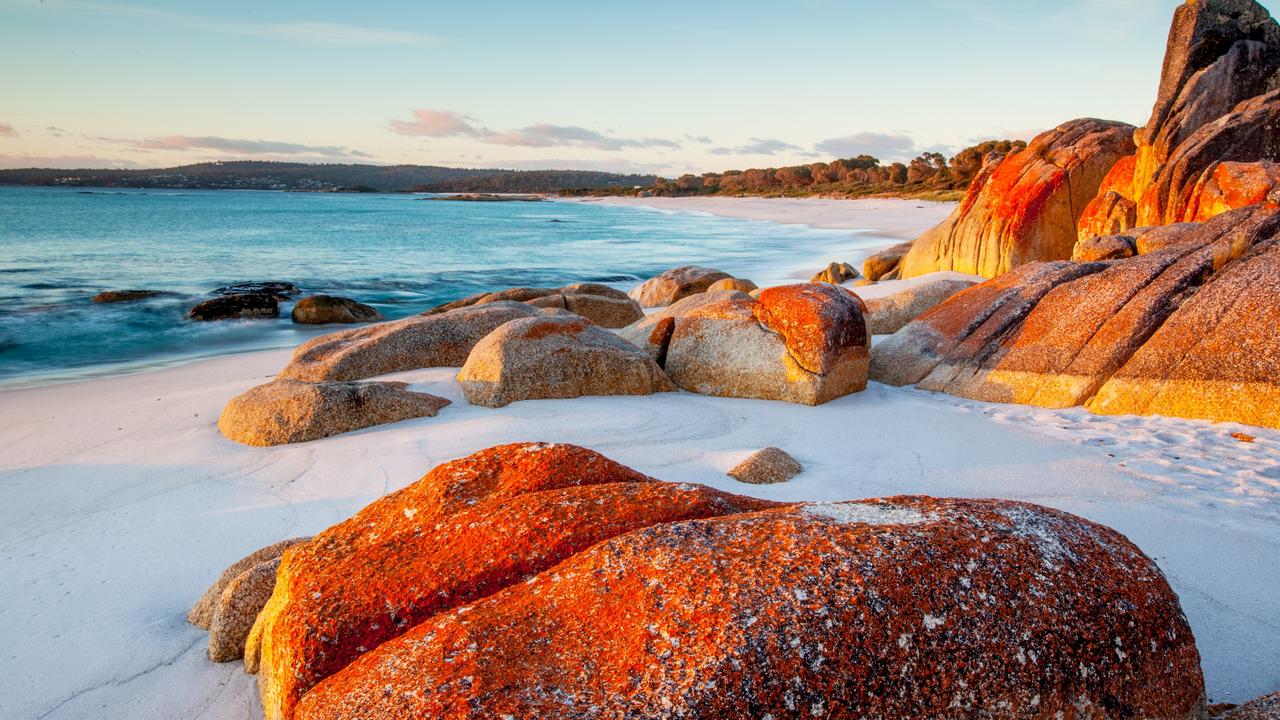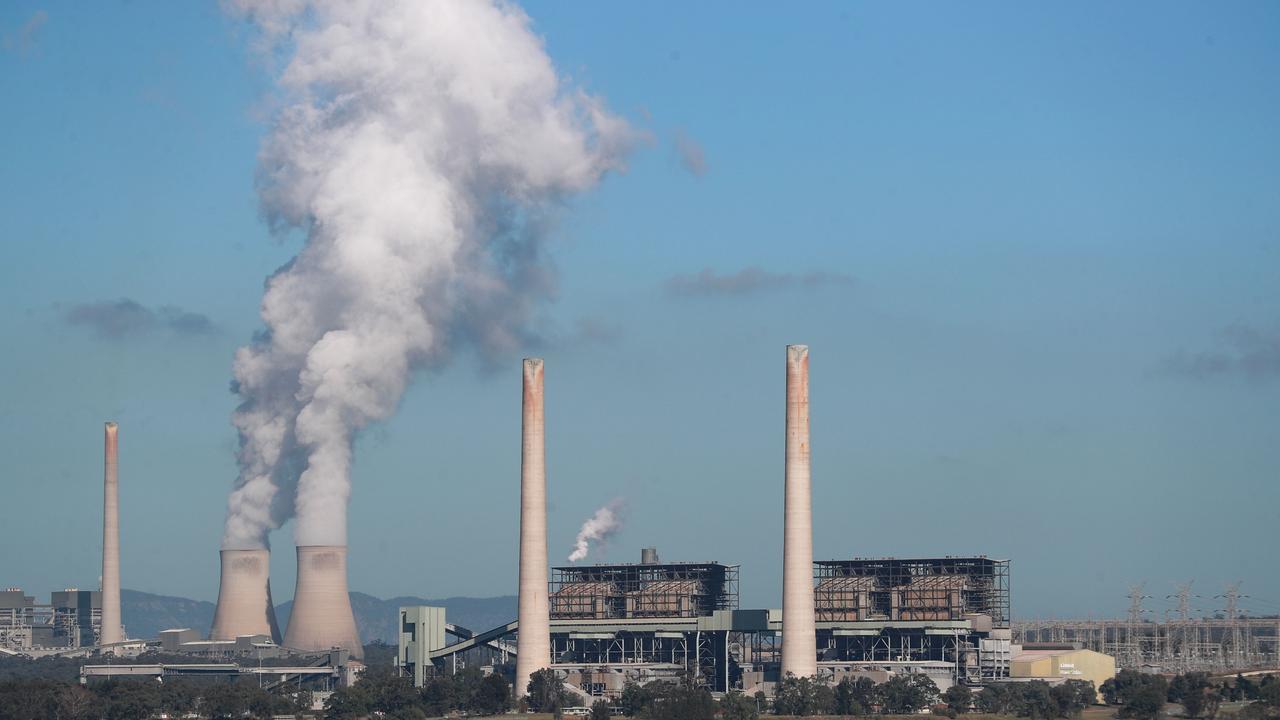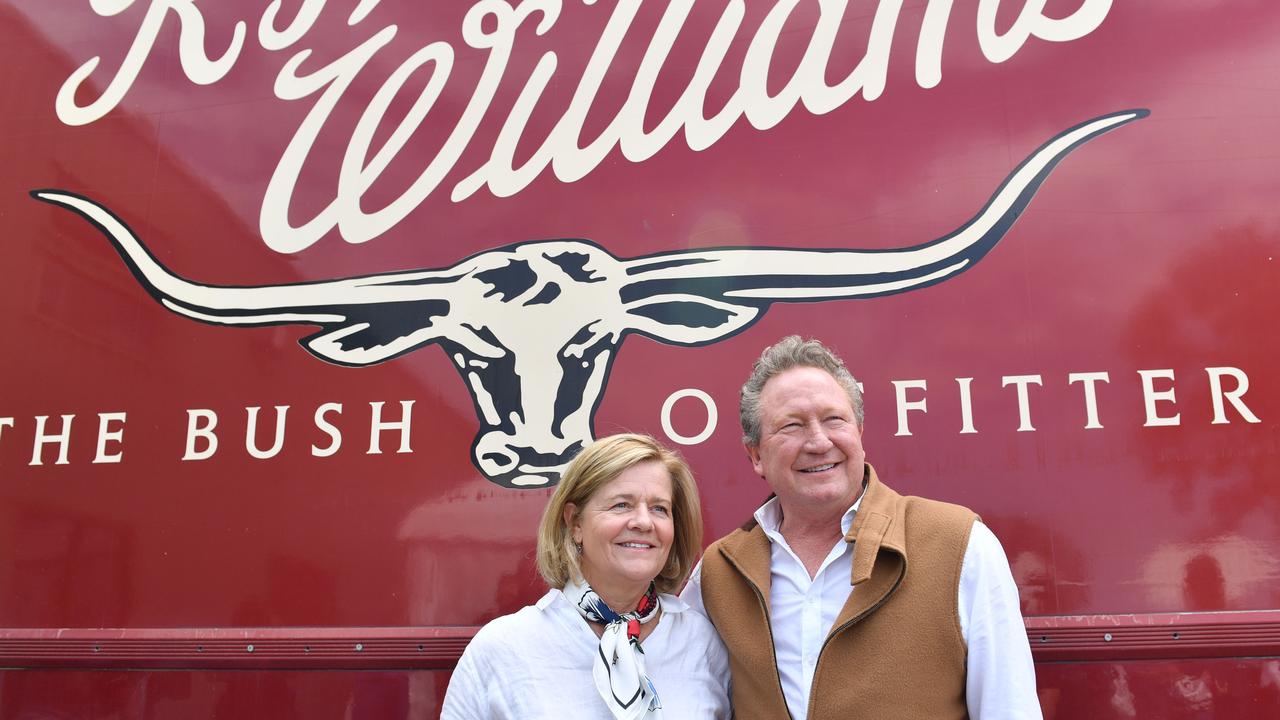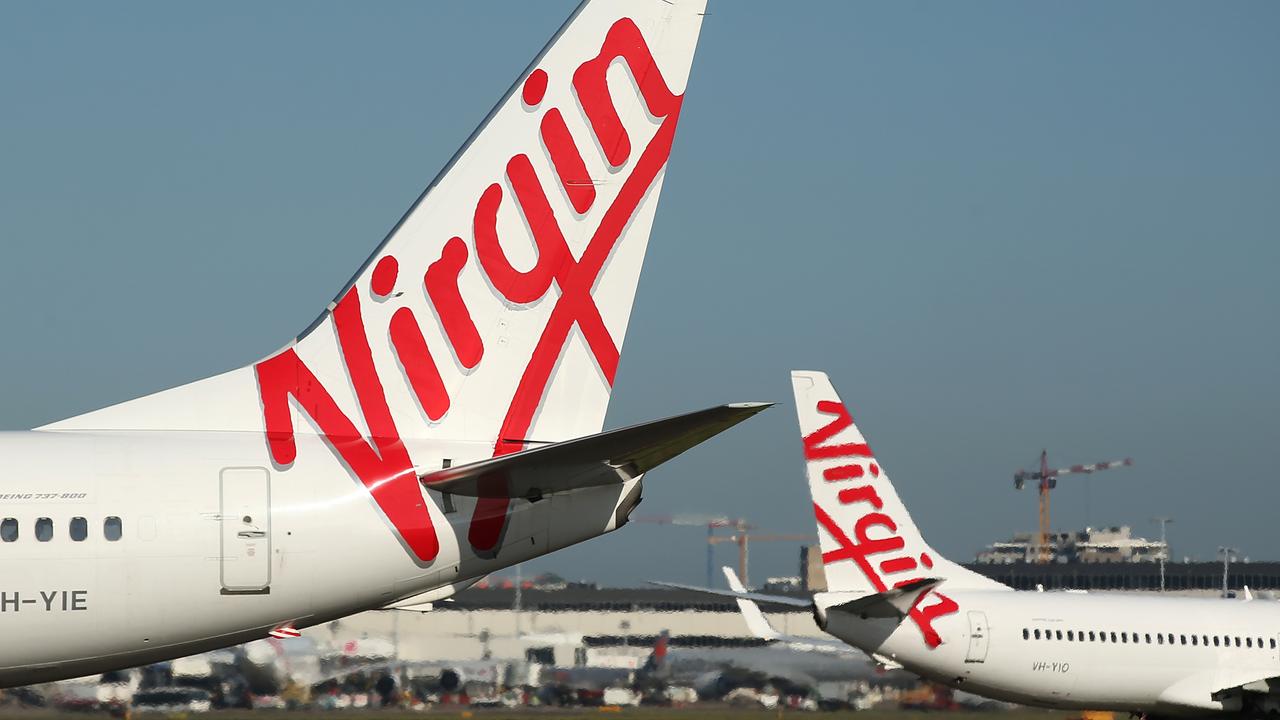Warning from RBA on rates hit to the economy
The hit to Australia’s economic growth from large interest rate rises could be bigger and the fallout felt for longer than previously thought.

Business
Don't miss out on the headlines from Business. Followed categories will be added to My News.
The hit to Australia’s economic growth prospects from large interest rate rises could be bigger and the fallout felt for longer than previously thought, according to a new research document from the Reserve Bank.
While the discussion paper does not represent official RBA thinking, its findings could force the central bank to reconsider the long-term impact of rising interest rates as it seeks to stamp out inflation.
The paper, compiled by RBA economist Matthew Read and using an updated economic model, concludes a 1 percentage point rise in the cash rate could wipe 0.5 per cent from economic growth as much as two years after the event. It also argues the growth can be crimped as much as four years after a large rate rise, although at a more modest rate.
Conventional models used by the central bank have the impact of the cash rate predicting a more modest hit to growth (0.4 per cent) but the impact trails off much quicker – between 1 to 1.5 years.
The RBA last year rushed through a string of super-sized interest rate hikes in an effort to stamp out runaway inflation. From the emergency rate setting of 0.1 per cent, the official cash rate is now sitting at 3.1 per cent including a pre-Christmas rate hike. The RBA was slower than other central banks around the world to move on inflation, but remains locked in the same battle. Even so RBA Governor Philip Lowe has come under intense pressure locally by issuing guidance in the midst of Covid-19 pandemic that the cash rate would remain rock bottom until 2024. He has since apologised for the comments.

With inflation stubbornly high at 7.3 per cent in the September quarter, economists are tipping more hikes to come, including as early as February, with the cash rate likely to top out at 3.6 per cent by the middle of the year.
All this is starting to hurt the nation’s growth prospects with growth expected to slow to between 1 per cent and 1.5 per cent this year. Any further slowing of China could also push Australia into a recession.
“Our general view is that next year, we’ll see a slowing of growth. But it’s not going to feel like a deep recession, if we do in fact, get a recession,” said Damien Graham, the chief investment officer of the $160bn Aware Super.
In the RBA’s December board meeting minutes released shortly before Christmas, the central bank noted that inflation in Australia “remained too high”. The meeting also put another 50 basis point rise on the table, but ultimately the central bank opted for a 25 basis point rise. The smaller rise was due to there having already been a material increase in the cash rate in a short period of time and the central bank was anticipating a lag in the impact, particularly as more than $470bn of fixed rate loans are scheduled to reset at a higher rate in coming months.
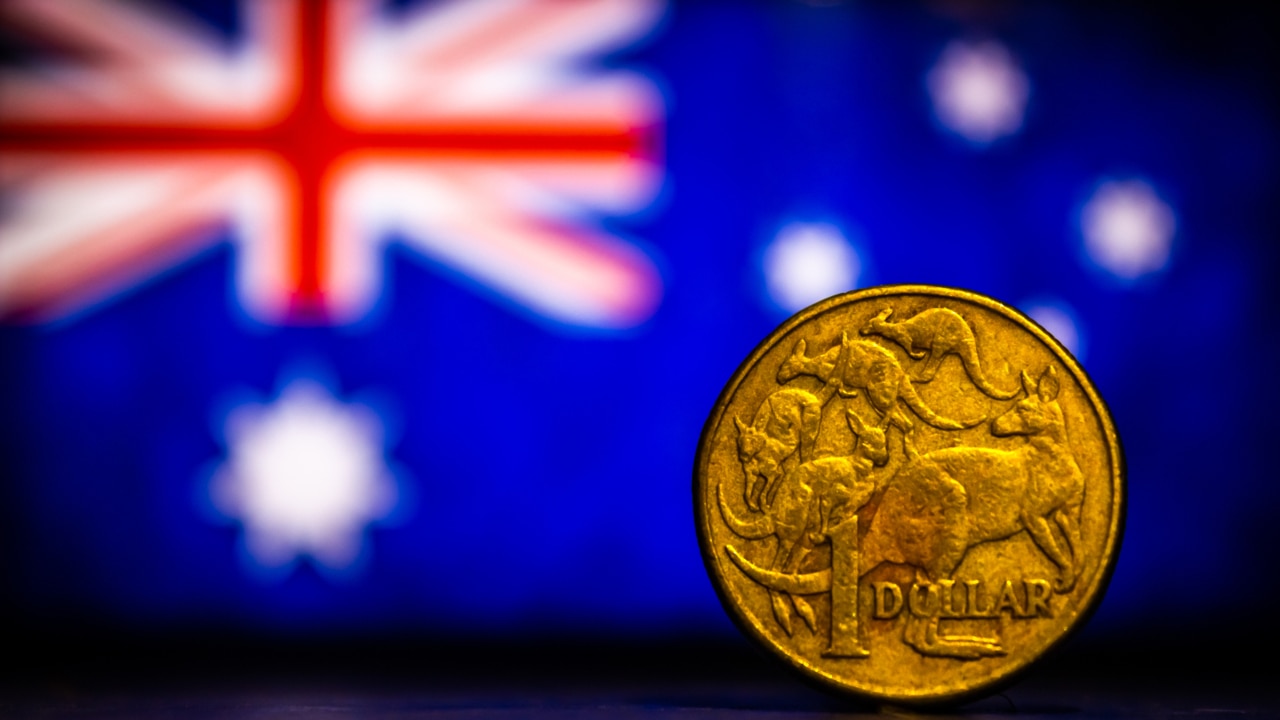
For now the property market is feeling the impact of the interest rate shock with figures released this week by CoreLogic showing average national home prices are now down by 8 per cent from their April high and fell 5.3 per cent in 2022 – their worst calendar year decline since 2008.
Economists are tipping a 15 per cent top to bottom fall in home prices this year as the full impact of rate hikes flows through and as economic conditions slow sharply.
More Coverage
Originally published as Warning from RBA on rates hit to the economy




